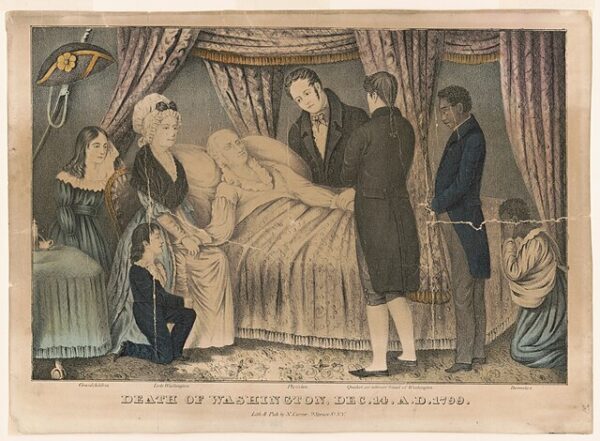The Geneva Convention is a series of international treaties and protocols that establish the standards for humanitarian treatment during war. The first of these conventions was adopted in 1864, and the most recent, the Fourth Geneva Convention, was adopted in 1949. These treaties play a crucial role in ensuring the humane treatment of non-combatants, prisoners of war, and the wounded and sick during armed conflicts, forming the cornerstone of modern international humanitarian law (IHL).
The story of the Geneva Conventions began with Henri Dunant, a Swiss businessman who, in 1859, witnessed the horrific aftermath of the Battle of Solferino. He was appalled by the suffering of wounded soldiers left without adequate care and was inspired to advocate for a neutral organization that could provide aid to those injured in war. Dunant’s efforts led to the establishment of the International Committee of the Red Cross (ICRC) and the adoption of the first Geneva Convention in 1864. This initial treaty, focusing on the care of wounded soldiers, marked the beginning of a series of treaties that would eventually cover various aspects of wartime conduct.
Over time, the scope of the Geneva Conventions expanded. On July 27, 1929, a significant step was taken with the adoption of a treaty specifically addressing the treatment of prisoners of war (POWs). This treaty laid down rules to ensure that POWs were treated humanely, provided with adequate food, shelter, and medical care, and protected from violence and intimidation. The principles set forth in this 1929 convention would later be incorporated and expanded upon in the Third Geneva Convention of 1949.
The First Geneva Convention, initially adopted in 1864 and updated in 1949, focused on the treatment of wounded and sick soldiers on land. It emphasized the importance of providing necessary care to injured soldiers and medical personnel, regardless of their nationality. The Second Geneva Convention, adopted in 1949, extended these principles to the treatment of wounded, sick, and shipwrecked military personnel at sea. It mandated that all parties in a conflict must protect and care for these individuals and recognized the neutrality of medical ships.
The Fourth Geneva Convention, also adopted in 1949, introduced comprehensive protections for civilians in times of war. It addressed the humane treatment of non-combatants, ensuring their safety and dignity amidst the chaos of armed conflict. This convention underscored the necessity of safeguarding the rights of those who are not participating in hostilities, including the provision of essential needs and protection from inhumane treatment.
The adoption of the Geneva Conventions marked a significant advancement in international humanitarian law, creating a legal framework that holds parties in a conflict accountable for their actions toward vulnerable individuals. These treaties have been instrumental in promoting the humane treatment of individuals during wartime, setting standards that aim to mitigate the suffering caused by armed conflicts.
Throughout history, the Geneva Conventions have been a beacon of hope, striving to bring a measure of humanity to the brutal reality of war. They reflect a collective recognition of the need to uphold human dignity and rights, even amidst the most challenging circumstances. The legacy of the Geneva Conventions continues to influence contemporary international law, serving as a testament to the enduring importance of humanitarian principles in the conduct of war.






